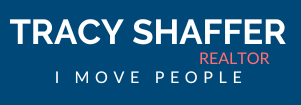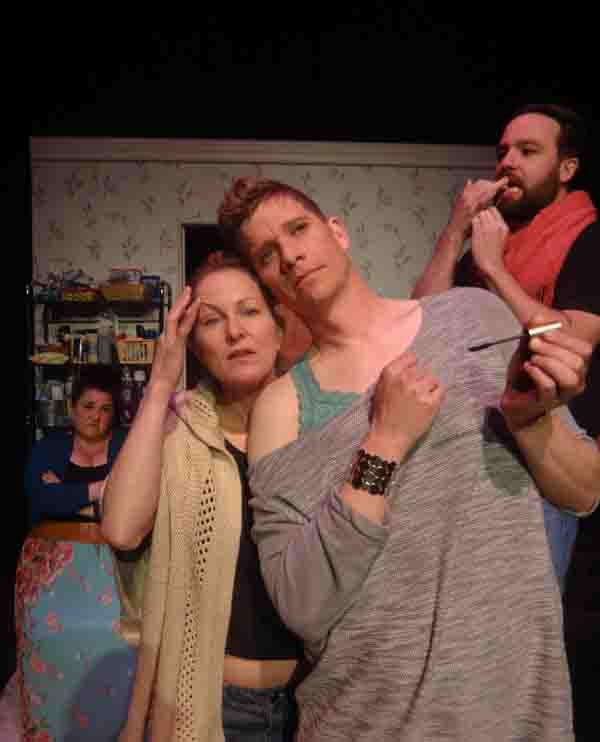
Photo: Adams Visual Communications
To say that life is sweet and we are lucky is a sentiment reserved for the days spent looking backward. Rare are the moments spent fully present, when the experience and appreciation collide. This summer, in a 16,000 square feet warehouse in Denver’s RiNo neighborhood, a confluence of elements comes together to create a unique experience where life comes alive and the past is fully present. Presented by DCPA Off Center in collaboration with Third Rail Projects, Sweet & Lucky is a theatrical time ballet exploring the nature of love, memory and the objects that connect us to both. Lush, romantic, universal, metaphoric and delightful― there is magic happening here and you feel it.
Describing the event without giving too much away- not in plot spoilers, but careful not to interfere- is tricky for this is immersion theatre. Rather than the traditional sitting-in-the-dark-watching-actors-tell-the-story or the interactive style of Tony & Tina’s Wedding, Sweet & Lucky invites you into its world, takes your hand and guides you through it, while leaving space for the sound of your soul to fill the silence.
It is a story of love through decades and the moments that ultimately define us. My first venture into Sweet & Lucky took me on a deeply personal journey as touchstones of the central relationship reveal the heartaches, kisses, treasures and gratitude that make a life. Audience members are allowed to snoop around in the lovers’ psyches; reading letters, guessing outcomes, drinking in the ambiance a taste of the Sweet & Lucky cocktail created by Williams & Graham mixologist, Sean Kenyon.
Everyone starts together in the huge warehouse space, culled into smaller groups, and moved room-to-room as the twelve performer piece unfolds. Each room is its own environment, designed to evoke engagement through the senses with exquisite visuals, tasks, scents and “audio texture”, contributing to a deeply moving and dream-like evening, bearing witness to the core of the story and finding resonance in your own.
Given the opportunity to return, I took my son, August Witherspoon, curious to see how the evening would play in his open, twenty-two-year-old heart and compared notes over a cocktail in the post-show speakeasy. A few questions led us to the realization that we’d each tracked a different cast-
So we saw different actors playing the same story? I like that, and how you were left to fill in the blanks in what happened; we got different views of the same play. I love how as you’re taken from scene to scene, you start to notice trending objects; symbols and motifs become apparent the further along into the story you progress and wrap around again. Like how every sense is pleasantly utilized, from smelling the chamomile and lavender to the taste of the same herbs in the cocktail. I felt these things starting to have an effect on me― they were not only connecting the story together but they started connecting me to my own memories. You’re watching this story, putting together the pieces and becoming introspective into your own memories of loved ones. That’s never happened to me at the theatre. I realized how many memories I’ve made in my short time on this Earth, many of which I hadn’t thought of since the events themselves. It really makes you wonder what creates a memory, and how the more memories you make with someone, the closer you become with them. I guess that’s why they seem to never dissipate.
How true my son. We’re just spinning around on a rock amid the stars, without reason, making all the memories we can. Sweet.
SWEET & LUCKY is produced by DCPA’s Off Center, a commission of Brooklyn-based Third Rail Projects. Running through August 7 (at which time it must close) tickets are limited, non-transferable, and available at 303.893.4100 or online at www.denvercenter.org


![rsz_futura_photo_title_and_anne_only_[44058093]](http://tracyshaffer.com/wp-content/uploads/2016/03/rsz_futura_photo_title_and_anne_only_44058093-300x276.jpg)



